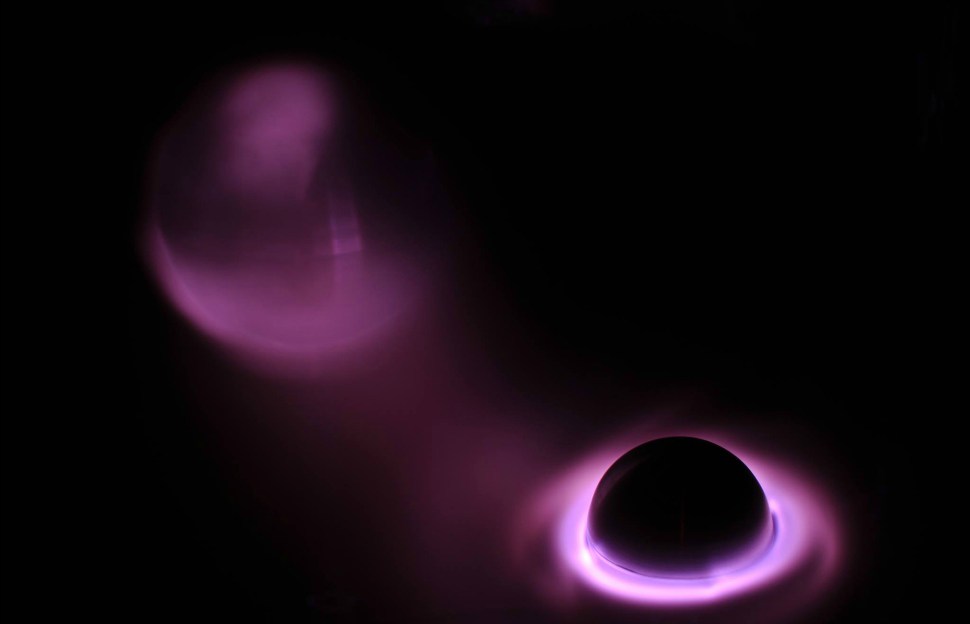BTN.com LiveBIG Staff, February 14, 2017
With BTN LiveBIG, we endeavor to tell stories of philanthropy, science and the arts at Big Ten schools. Rare is the story that combines two of the three, but University of Iowa nailed it.
In an exhibit at the UI Old Capitol Museum called "Hawkeyes in Space," the history of the university?s involvement in the U.S. space program is on display along with a device called the planeterella, which mimics various space phenomena from auroras (like those seen in the Northern Lights) to radiation belts to the rings of Saturn.
For those not familiar with Iowa?s influence on the space program, here?s a quick rundown:
- In 1958, the Explorer I satellite (launched in the wake of Sputnik) carried with it a cosmic ray detector built on campus by UI professor James Van Allen. The device made it possible to discover radiation belts in the solar system, which changed scientists? view of space.
- The Voyager 1 spacecraft – built by the University of Iowa and launched into space in 1977 – became the first manmade craft to reach interstellar space, 11 billion miles away from Earth. Don Gurnett, who worked on the Voyager mission, still teaches at UI.
- In 2014, an ionospheric radar sounder, which flew with the Mars Express spacecraft, was able to track changes in Mars?s atmosphere due to interaction with a comet. (Gurnett was a lead investigator with this mission as well.)
- Finally, in 2016, an instrument known as Waves, which flew aboard the Juno spacecraft, was able to listen to radio emissions on Jupiter generated by auroras similar to those demonstrated by the planeterella.
The planeterella at the UI Old Capitol Museum, a device which has its origins in the 19th century when space exploration was little more than a remote dream, allows visitors to generate their own mini light shows. Iowa Now explains how it works:
The planeterrella recreates the northern lights by using two spheres (representing the sun and the Earth), enclosed in a glass bell jar. The spheres each contain small magnets. A vacuum pump removes most of the air from the bell jar to mimic Earth?s thin upper atmosphere, and a power source creates an electrical field between the spheres inside the glass jar. The charged objects emit electrons, which electrify the small amount of remaining air in the jar, generating plasma.
For more on Iowa?s involvement in space exploration, read the links above. For a demonstration of a planeterella, watch the video below:







